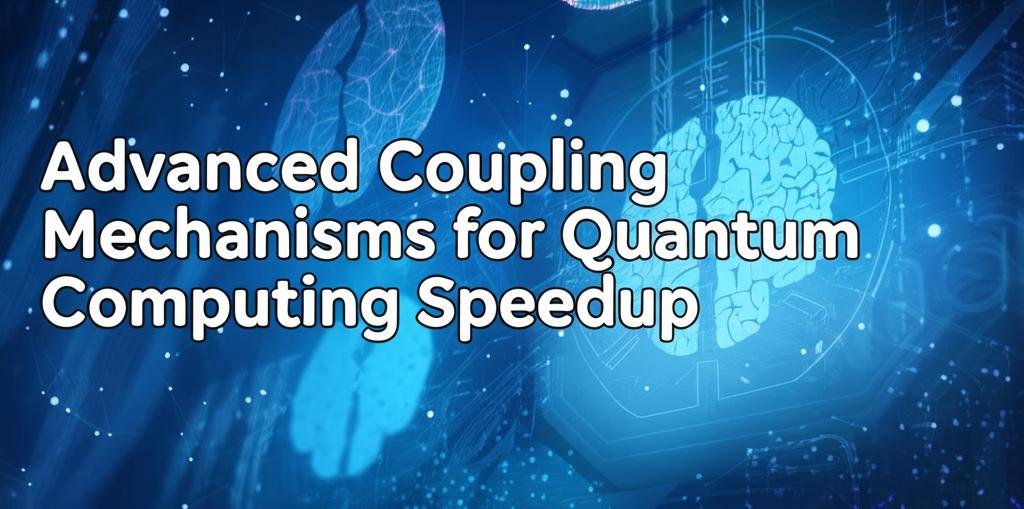Advancing quantum computation hinges significantly on the ability to precisely control interactions, or coupling, between quantum bits (qubits). While early quantum processors often relied on fixed, nearest-neighbor coupling, the drive for greater computational power and speedup has spurred the development of more sophisticated coupling mechanisms. These advanced techniques aim to overcome limitations like connectivity constraints and reduce the overhead associated with moving quantum information across a chip.
One major area of progress is tunable couplers. Unlike fixed coupling, where the interaction strength between qubits is constant, tunable couplers act like adjustable knobs. Researchers have developed various designs, particularly in superconducting circuits, allowing the interaction strength between qubits to be rapidly turned on, off, or set to specific values. This dynamic control is crucial. It allows for high-fidelity two-qubit gate operations when needed, while minimizing unwanted interactions (crosstalk) and residual coupling when the qubits should be idle. This ability to effectively isolate qubits significantly reduces errors and can lead to faster overall computation by eliminating the need for complex decoupling sequences. Recent advancements focus on increasing the on/off ratio, speed, and precision of these tunable elements.
Another key direction is long-range coupling. In many architectures, directly coupling qubits that are not physically adjacent requires a series of SWAP operations, which consumes valuable time and introduces potential errors. Implementing long-range connectivity, either through dedicated quantum data buses, photonic interconnects, or innovative chip layouts, allows distant qubits to interact more directly. This dramatically reduces the overhead for algorithms requiring widespread entanglement or complex interaction patterns, thereby speeding up computations and enabling more efficient implementation of quantum error correction codes, which often rely on non-local connections. Architectures based on trapped ions naturally offer long-range interactions, while superconducting circuits are actively exploring methods like airbridges and mediating elements to achieve similar capabilities.
Furthermore, research is exploring multi-qubit coupling. Instead of only coupling pairs of qubits, mechanisms are being developed to enable simultaneous interactions among three or more qubits. This could unlock direct implementations of complex quantum gates that would otherwise require decomposition into many two-qubit operations. Such multi-qubit gates could significantly shorten the execution time for certain quantum algorithms and simulations, particularly those involving complex molecular or material science problems.
These advanced coupling strategies are not merely theoretical concepts; they are being actively integrated and tested in next-generation quantum hardware. By providing denser connectivity, dynamically controllable interactions, and pathways for complex multi-qubit operations, these mechanisms directly address critical bottlenecks. They reduce gate times, minimize errors from crosstalk and idling, decrease the costly overhead of qubit communication (like SWAP gates), and enable more efficient mapping of complex quantum algorithms onto physical hardware. Ultimately, mastering these advanced coupling techniques is a vital step towards building larger, faster, and more fault-tolerant quantum computers capable of realizing their full potential for computational speedup.

